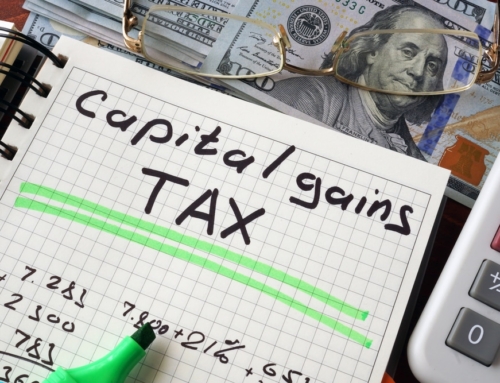The other day, a client called me very proudly. She had made her second quarterly estimated tax payment “right on time”—on July 15.
I couldn’t help chuckling. After all, she tried to get it right. Unfortunately, she was actually one month late on her payment.
Estimated taxes are used to pay taxes on income not subject to withholding. This includes self-employment income, rental income, and income from the sale of assets.
The due dates for quarterly federal estimated taxes aren’t every three months, as you might expect. Instead, they are the due dates are in mid-April, mid-June, mid-September, and mid-January. The next estimated tax payment due date is Jan. 15, 2015.
When do I have to pay estimated taxes?
In most cases, you must pay estimated taxes for 2014 if both of the following apply:
- You expect to owe at least $1,000 in tax for 2014 after subtracting your withholding and refundable credits.
- You expect your withholding and refundable credits to be less than the smaller of:
- 90 percent of the tax to be shown on your 2014 tax return.
- 100 percent (or 110 percent if your adjusted gross income was more than $150,000, or $75,000 if you’re married filing separately) of the tax shown on your 2013 tax return.Your 2013 tax return must cover all 12 months.
Farmers and fishermen have lower rates and different deadlines. If two-thirds of your gross income is from farming or fishing, you have only one due date for your estimated 2014 taxes: Jan. 15, 2015.
What are the penalties for missing an estimated tax payment?
The underpayment penalty is 3 percent per annum of the balance due. So if you missed one of the payments, say in June, the penalty is about 1.5 percent of the balance owed.
Is there a way around the late estimated tax payment penalties?
There are three ways to get around the penalties.
1. You can simply pay 100 percent (or 110 percent if you earn more than $150,000, or $75,000 if you’re married filing separately) of your tax liability owed last year. If your income has increased dramatically but you’ve paid what you owed last year, you are not likely to face penalties for paying the difference in April—as long as you paid the minimum estimated taxes by January 15.
2. If you’re married filing jointly and your spouse is an employee rather than self-employed, your spouse can increase his or her withholding in the last couple of months of the year. Even if you pay all of your estimated taxes in December, because the withholding is on a W-2, the IRS treats your estimated payments as if you had paid them evenly all year.
3. If your income was earned unevenly all year—especially with the bulk of your income coming late in the year—you can use page 4 of Form 2210 to show the uneven earnings. This exercise, though time consuming, can reduce or eliminate your penalties altogether.
Incidentally, if all your income is from mutual funds and certain investments, the IRS treats all those earnings as having taken place at the end of December each year. So page 4 of Form 2210 can help you avoid all the penalties if, in January of the following year, you pay the taxes owed.
You can avoid posting your payments late or having the IRS lose them by using the Electronic Federal Tax Payment System (EFTPS). It’s free, but it takes about a week or two to link to your bank account.
Eva Rosenberg, EA is the publisher of TaxMama.com ®, where your tax questions are answered. She is the author of several books and ebooks, including Small Business Taxes Made Easy. Eva teaches a tax pro course at IRSExams.com and tax courses you might enjoy at http://www.cpelink.com/teamtaxmama.
[amazon_link asins=’1524763438,0812927419,0609809954,0609809334′ template=’ProductCarousel’ store=’thinkglink-20′ marketplace=’US’ link_id=’83d31836-1bff-11e8-b6bb-07974d1a3fa3′]






